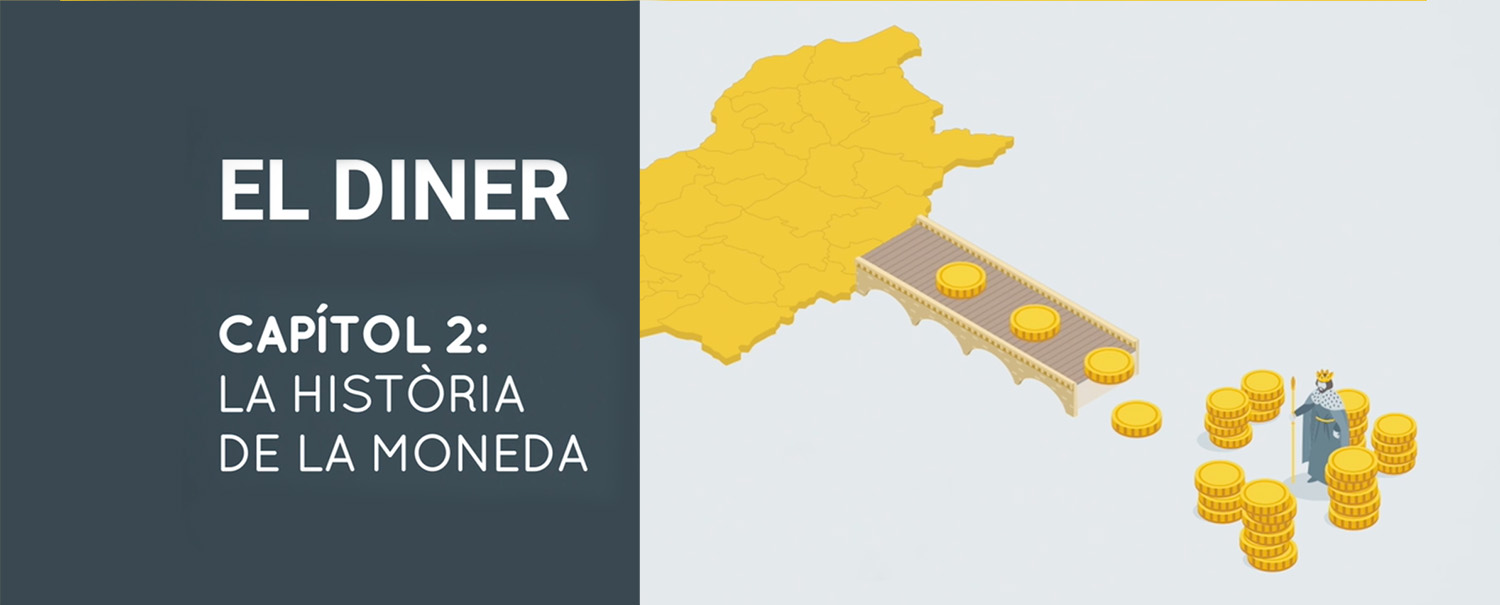

What is fractional-reserve banking?
Fractional-reserve banking is a system in which only a portion of deposits must be available for withdrawal. The remainder can be used for investment or lending to help expand the economy. It is currently the banking system used in most of the world’s economies.
Doubts about the solvency of Silicon Valley Bank and Credit Suisse led their customers to withdraw their deposits en masse in March. None of them had sufficient reserves to cope with the flood of savers and businesses wanting to withdraw their money. The former eventually collapsed and the latter had to be taken over by UBS following a liquidity injection of millions of dollars by the Swiss central bank.
Banking systems in most countries oblige banks to keep a small part of their customers’ deposits in reserve to meet withdrawals, either in physical cash or in highly liquid instruments. The rest can be used for investments and loans that contribute to the growth of the economy by keeping money flowing. This is the basis of fractional reserve banking.
This type of banking makes possible the bank multiplier, which expands the money in circulation when, upon receiving a deposit, the bank holds only a small fraction in reserve and lends out the rest. In this way, two people hold the same money, the one who has made the deposit and the one who has received the loan. This is why the monetary base, i.e. real money, is lower than the monetary aggregates of the financial system.
Beyond its own reserves, if a bank needs additional liquidity to fund loans, liquidate deposits or meet other obligations, it can borrow money from other banks. Or, as a last resort, it can turn to the discount window of its country’s central bank, where it can obtain money at a higher interest rate.
The risk of banking panic
The problem with fractional reserve banking is the constant risk of insolvency in the face of a massive withdrawal of funds from an institution, especially given the process of deregulation that the sector has undergone since the 1980s. In a panic situation such as that experienced by customers of Silicon Valley Bank and Credit Suisse, there is a risk that withdrawals will exceed the available reserves and the system’s capacity to inject sufficient liquidity.
Fractional reserve banking is considered to have its roots in the Middle Ages and was linked to the trade in precious metals. Goldsmiths began to use the gold deposited in their establishments to issue interest-bearing loans in the form of promissory notes, which were later used as a medium of exchange. The promissory notes issued eventually exceeded the amount of physical gold in their custody.
From the 17th century onwards, banks issuing paper money became widespread. By the 19th century, thousands of banks were already doing so. The crisis caused by the bankruptcy of many of them led to the creation of central banks, which had to back the currency they issued exclusively.
The situation in the Eurozone
At present, credit institutions in the euro area are obliged to hold at least the equivalent of 1% of specific liabilities, mainly customer deposits, with their national central bank. This is currently equivalent to around 165 billion euros, according to data from the European Central Bank (ECB). As the Banco de España indicates, this is “a monetary policy instrument that affects the structural liquidity needs of the market and allows short-term interest rates to be stabilised”.
These minimum reserve requirements are fixed for a period of six to seven weeks, known as the “maintenance period”. The amount of funds to be set aside is calculated on the basis of the institution’s balance sheet before the maintenance period begins.
At the end of each maintenance period, the euro area national central banks pay interest to private institutions on these minimum reserves. This remuneration has historically been linked to the main refinancing operations (MRO) rate, but from the end of 2022, the minimum reserves are remunerated at the deposit facility rate. This change better aligns the interest paid on reserve requirements with prevailing money market rates.
The vulnerability of US banks
In March 2020, the Federal Reserve reduced reserve requirements for all depository institutions to zero. Instead, banks are now paid a specific interest rate on their reserve balance to encourage reserve maintenance.
This measure, aimed at injecting liquidity into the US economy during the pandemic, has increased risk in the US banking system, as seen in the case of Silicon Valley Bank.
11Onze is the community fintech of Catalonia. Open an account by downloading the app El Canut for Android or iOS and join the revolution!
Leave a Reply
You must be logged in to post a comment.






Ara, entenc amb més criteri perquè els bancs t’ofereixen “mil alternatives” quan els parles de retirar capital inclós quan vols saldar deutes. Gràcies
Normal, ells només miren pels seus interessos, els nostres interessos, evidentment que no són els seus… Moltes gràcies pel teu comentari, Francesc!!!
Gràcies
Gràcies a tu, Joan, per ser-hi i per seguir-nos!!!
Fantàstica sèrie animada.
Contents de que t’hagi agradat, Carles!!!
Molt bon article.
Gràcies 💛
Celebrem que t’hagi agradat, Manel!!!